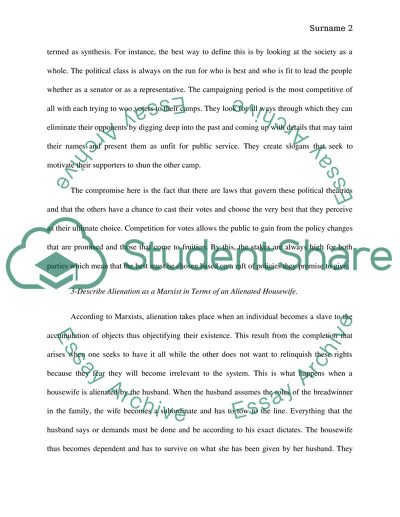Cite this document
(“Difference Between Conflict Theories Assignment”, n.d.)
Difference Between Conflict Theories Assignment. Retrieved from https://studentshare.org/social-science/1401718-essay-questions
Difference Between Conflict Theories Assignment. Retrieved from https://studentshare.org/social-science/1401718-essay-questions
(Difference Between Conflict Theories Assignment)
Difference Between Conflict Theories Assignment. https://studentshare.org/social-science/1401718-essay-questions.
Difference Between Conflict Theories Assignment. https://studentshare.org/social-science/1401718-essay-questions.
“Difference Between Conflict Theories Assignment”, n.d. https://studentshare.org/social-science/1401718-essay-questions.


